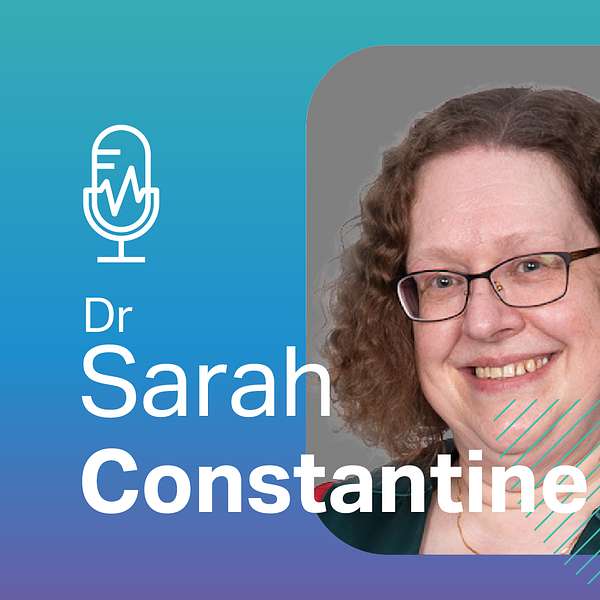
Research Pulse: Future focussed health insights
Join us as we speak to leading researchers from CALHN and discuss their world-class health research and how it’s contributing to world-class care.
Brought to you by the Central Adelaide Local Health Network, comprising the Royal Adelaide Hospital, The Queen Elizabeth Hospital and other sites and services.
Research Pulse: Future focussed health insights
Reducing radiation risk for patients with head trauma
Computed tomography scans, or CT scans, can save lives by enabling early detection of disease and faster diagnosis and treatment of medical conditions. But they also expose you to far more radiation than a traditional X-ray.
There is growing recognition that avoiding unnecessary CT scans reduces cumulative exposure to radiation. It can also conserve hospital resources and minimise emergency waiting times. So can people be triaged in another way while still ensuring positive patient outcomes?
One of the most frequently performed CT scans is of the brain in response to minor trauma, which is commonly associated with falls in the elderly, and in the younger population when affected by drugs and alcohol.
In this episode, we discuss the Adelaide Facial Bone Rule, a screening tool to reduce exposure to CT facial scans, which frequently accompanies a CT brain scan for patients admitted following a fall or accident.
We speak to Sarah Constantine, a consultant radiologist at The Queen Elizabeth Hospital, who led the first large study investigating the possibility of using information from the CT brain scan to predict the need for a CT facial bone scan to reduce the radiation dose to individual patients.
Sarah is also a perinatal and craniofacial radiologist at The Women’s and Children’s Hospital, is a forensic Radiologist, clinical Senior Lecturer, at the University of Adelaide’s Dental School and was a member of the SA Radiation Protection Committee between 2007 and 2022.
If you would like to get in touch, you can email us at healthCALHNcommunications@sa.gov.au